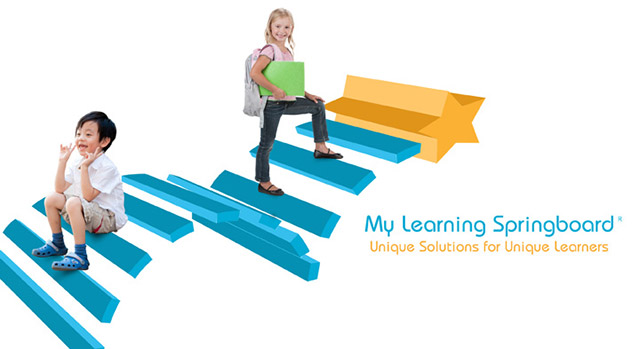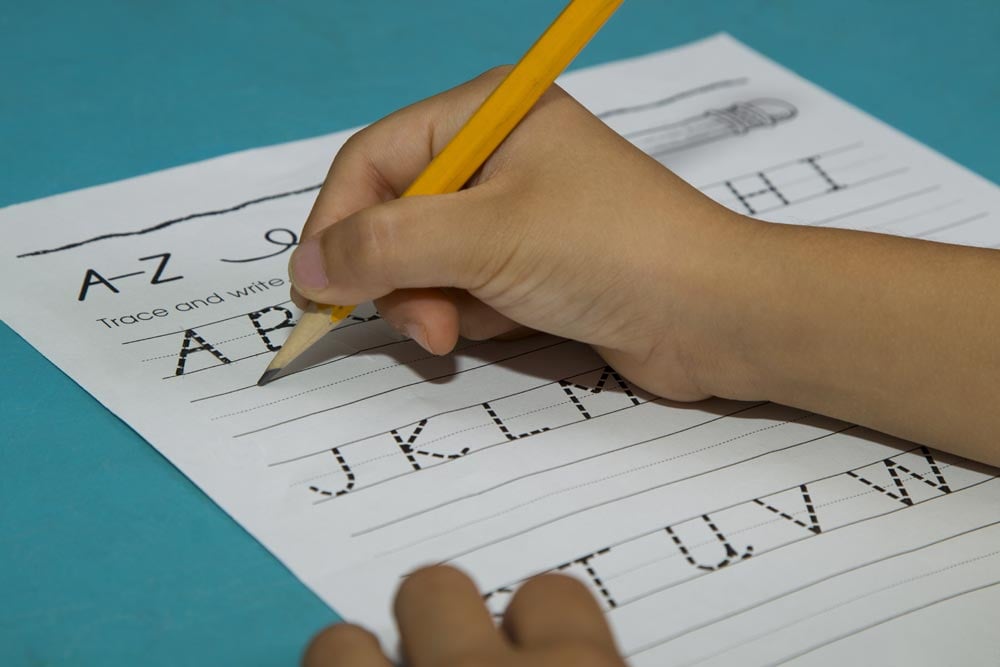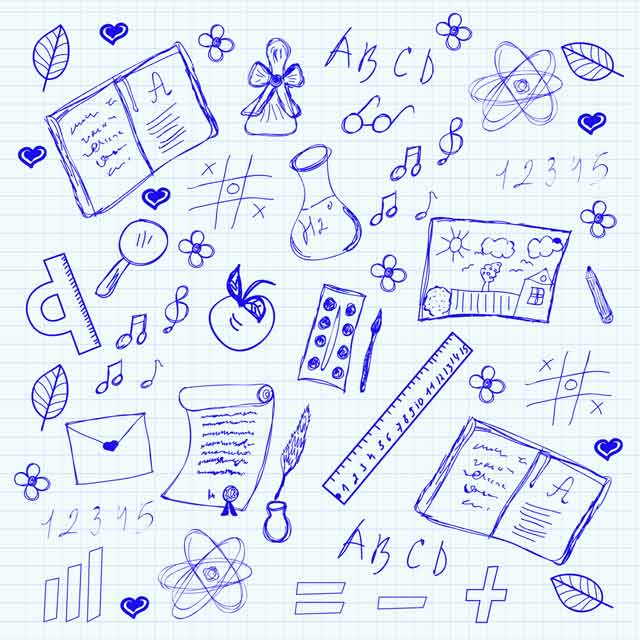 One of the reasons I’m qualified to be a test preparation tutor is that I did very well on standardized tests. Some of my skills came from being the best student I could be, others I developed through studying how to take tests. There’s a few “tricks” I learned along the way that helped me and my students improve their scores immensely. The skill I’m going to describe to improve reading comprehension can be developed at any grade level and at any reading level. If you have young kids prepping for the ISEE and SSAT, they can benefit from this advice as much as SAT, ACT, and GRE students.
One of the reasons I’m qualified to be a test preparation tutor is that I did very well on standardized tests. Some of my skills came from being the best student I could be, others I developed through studying how to take tests. There’s a few “tricks” I learned along the way that helped me and my students improve their scores immensely. The skill I’m going to describe to improve reading comprehension can be developed at any grade level and at any reading level. If you have young kids prepping for the ISEE and SSAT, they can benefit from this advice as much as SAT, ACT, and GRE students.
If you’re interested, read on.
In Reading Comprehension sections of almost every standardized test, a test taker is asked to remark on a specific detail in the text. My problem, and the problem of about 99% of the students I’ve worked with is that we tended to rely on our memories to answer the questions instead of looking back at the text. Despite the fact that I’m a very smart person with a great memory (as are my students), there’s a high probability of error when we examine only the question and do not check the passage to verify. So, the NEW rule is:
Re-SEARCH the passage, do not re-read.
What I mean by Re-SEARCH is that we get familiar with a passage by reading it the first time, so we know where to look to check our answers. It’s not necessary to re-read everything, but it is necessary to do a quick search. My students and I (before I learned my lesson!) lost countless points by using our memories—there’s all kinds of twists and turns test makers add to a passage that can negate the meaning of a phrase and alter the meaning of a question that are almost always resolved through research. I make my students POINT to the exact sentence containing the answer.
If your child is very young, you can start developing this habit by reading with your child and asking them to pinpoint specific facts. One of my students and I would read The New Yorker because it was his father’s favorite magazine (in general, kids tend to be very interested in whatever their parents read). The reading material itself actually doesn’t matter much except that the student needs to be motivated to read the piece (whatever it is) from beginning to end. I’ve had good results reading pulpy fashion magazines and sensational news magazines because keep teens reading because the stories are often about celebrities.
When I work on active reading with a student, we would read and the conversation would go like this:
Grant: “How old is the main character?”
Student: “Sixteen”
Grant: “Ok, show me where it says that specifically.”
Student: (after some searching) “Oh, she’s fourteen, it says right here.”
This is a small skill that sounds like common sense, but common sense is not common practice. If I could pick one skill to cultivate that would help my students the most on this section of tests, I’d pick this one. Re-SEARCH don’t re-read. Pinpoint the exact spot. Verify.
You can do this too! Give your son or daughter something to read. Start with small and go for longer pieces later. As kids get older it’s possible to give them bigger tasks without supervision. Have them point out the last name of the person in the article, ask where the story took place, ask what the name of the main character’s cat is. Have your child locate the facts in the text.
And, like all exercises adjust to more difficult tasks and more specific questions. Also, it can be a great bonding activity to read an article and discuss it with your child—the ideas, the issues, the controversy. You’ll help them and you’ll be spending time talking about ideas that interest you both.
Just throw in the tiny distinction of pointing out the specific location of a fact and you’ll improve reading comprehension (and test scores).
By Grant Bergland, Private Tutor
 New Yorkers, even our youngest children, are no strangers to long walks. With the luxury of having most basic necessities located within close proximity, we
New Yorkers, even our youngest children, are no strangers to long walks. With the luxury of having most basic necessities located within close proximity, we  A recent article in the New York
A recent article in the New York  The media is always talking about STEM Programs–Science, Technology, Engineering, and
The media is always talking about STEM Programs–Science, Technology, Engineering, and